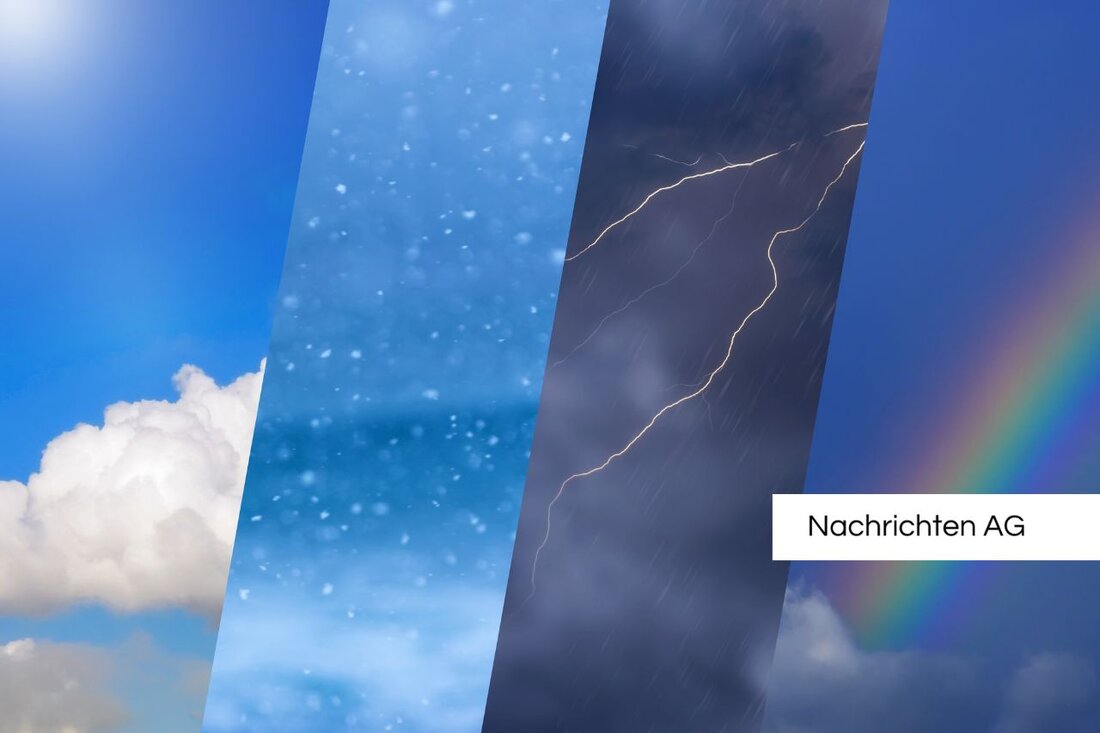Red alarm level: Fine dust values in Brandenburg explode!

Red alarm level: Fine dust values in Brandenburg explode!
Brandenburg an der Havel, Deutschland - whether it is the mild weather or the dense air: The air quality in Brandenburg an der Havel is now moving all the eyes on July 3, 2025. The fine dust particles of the PM10 category were measured at the measuring station on Werner-Seelen-Seelen-Sportplatz. These fine dust particles can burden the airways and, in the worst case, even cause health problems. According to the latest measurement data, the values of the air quality in the city are anything but in the green area.
The limit values for PM10 are clearly defined: a maximum of 50 micrograms per cubic meter of air are allowed, and this is not more than 35 times a year. But the current values show that the air quality is "bad" when the fine dust concentration is between 51 and 100 μg/m³. It is particularly worrying that the nitrogen dioxide values go beyond 200 μg/m³, which means "very bad" air quality. Over 240,000 people in the EU die prematurely due to fine dust loads, which shows how serious air quality is. The sensitive groups - children, older people and people with respiratory diseases - are particularly affected. If the values are very bad, it is recommended to avoid physical exertion outdoors in order to reduce the risk of health effects.
fine dust in Germany: a year -long problem
How the Environmental Federal Office reports, the fine dust pollution in Germany has been systematically monitored since 2000. The measurements show a positive trend: the PM10 annual means of 50 µg/m³ have dropped to 15 to 20 µg/m³ from then on that at that time. This is primarily due to stricter air pollution control regulations and emission-reducing measures.
Nevertheless, there are still problematic heights of fine dust pollution in metropolitan areas where the density of traffic and industry is high. PM10 concentrations can fluctuate considerably due to a wide variety of weather conditions, such as at high temperatures or dry winters. These influences have to be taken into account if we discuss the topic of air quality. Agriculture also contributes to secondary dust pollution, which increases the problem.
air pollution and its consequences
A high burden of air pollutants goes hand in hand with serious consequences for the environment and human health. Air pollution not only limits the respiratory tract, but also has an impact on plants, animals and the soils. According to Statista , the emissions of pollutants in Germany have decreased by around 64 % over the past 30 years. Despite this positive development, there are still exceeding the valid limit values in some German cities. In 2021, cities such as Munich and Ludwigsburg were particularly affected by high nitrogen dioxide values.
The measurement stations in Germany also give us a clear overview: PM10 values of over 50 µg/m³ were increasingly found in urban areas, while rural regions often shine with better values. We should also perceive that in our own neighborhood. Above all, the considerable fine dust pollution, which occurs on New Year's Eve through fireworks, is another example of short -term but intensive air pollution.
Ultimately, it is up to all of us to remain sensitized and to rethink our behavior with regard to air quality - because clean air is not just a trend, but a fundamental right for everyone.
| Details | |
|---|---|
| Ort | Brandenburg an der Havel, Deutschland |
| Quellen | |
